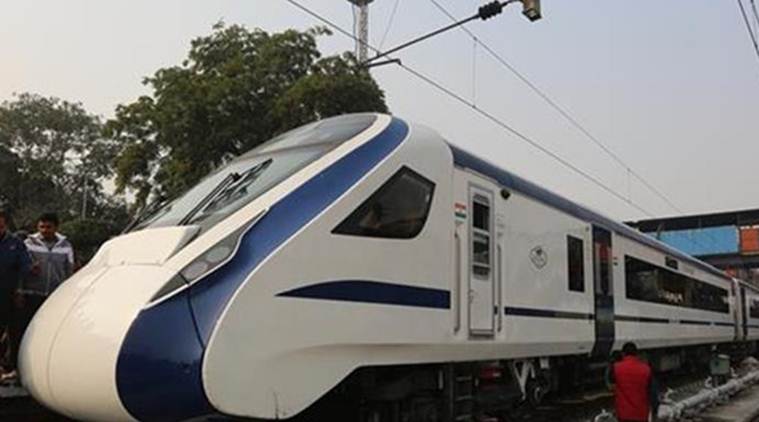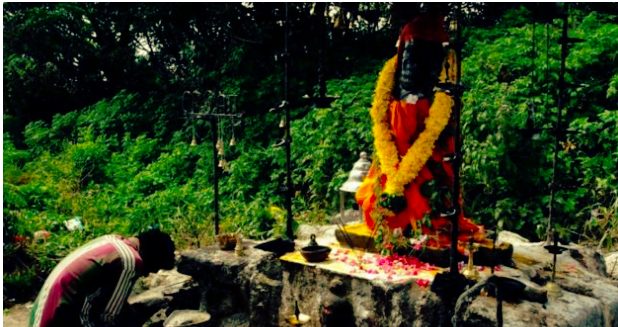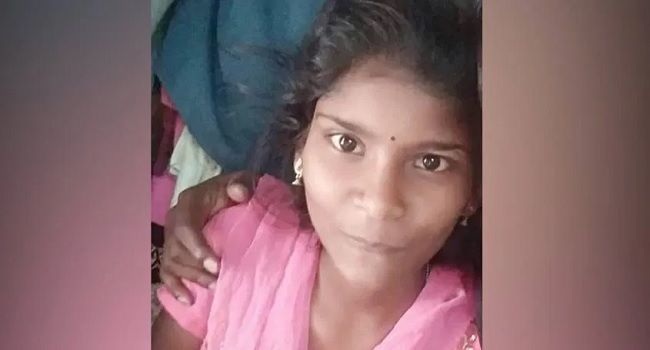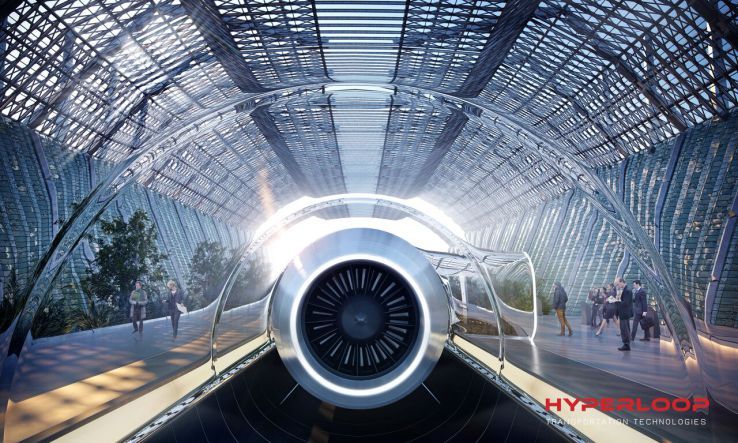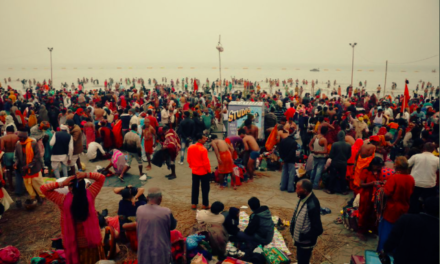Train 18 was flagged off by Prime Minister Narendra Modi on Friday. After the terror attack in Pulwama, the government decided to keep it a simple affair, without any celebrations.
The new train was left bereft of flowers or any other decoration. All celebratory elements were dispensed with at functions planned at stations on the way.
“The flagging-off is a message that terrorism cannot stop India’s development,” Railway Board chairman V K Yadav told media
All celebratory elements were dispensed with at functions planned at stations on the way. As the train rolled out, Railways Minister Piyush Goyal said that by flagging off the train, the country’s fastest, India is sending out a message that that “India’s people and its armed forces do not cow down before terror”.
A day after Train 18 was flagged off by Prime Minister Narendra Modi, it came to a dead halt around 200 kilometres away from Delhi early on Saturday.
The Vande Bharat Express was then brought back to New Delhi from Varanasi for its first commercial run on Sunday when the brakes jammed in one of the last coaches.
The Railways Ministry issued a clarification saying, “During the transportation back from Varanasi it was stopped at Chamraula station of National Capital Region, about 18 kms after crossing the Tundla station.
There was an issue of communication between the last basic unit of 4 coaches and the rest of the train probably due to some external hit. ( Some media reports the train hit was a cow )
Thereafter, safety features in the train applied brakes. The train was checked for faults and then moved to Delhi.”
The statement further said that the train has been thoroughly examined at New Delhi maintenance depot and the defect in communication rectified. The train will be able to run as per schedule on February 17.
Much before the train stopped suddenly, the last coaches of the Train 18 started making a rattling sound. Suspicious loco pilots decreased the speed for some time.
Smoke was noticed and a foul smell was felt in the last four coaches. Power went out in all the coaches and the engineers restarted the train at 10 kmph.
Until then the train was scheduled to reach Delhi in around 2.5 hours, according to the onboard information display. Engineers kept looking underneath the coaches with torchlights and other equipment.
Brake binding is not uncommon in Railways. They were heard describing the problem to senior officials by phone. They were describing jamming of the parking brake as well as the holding brake. Moreover, there was “charging failure”, they said.
Engineers finally released the jammed breaks and decided to run the train at 10 kmph. Running it with four coaches of dead load, a lot of rattling sound kept coming.
The problem resurfaced. They once again consulted senior officials and after that decided to try and run it at 40 kmph.
When that did not work, officials decided to bring it to a complete halt near Chamraula. By then calls were made to Principal Chief Mechanical Engineer Northern Railway who was in constant touch with onboard mechanical officers.

